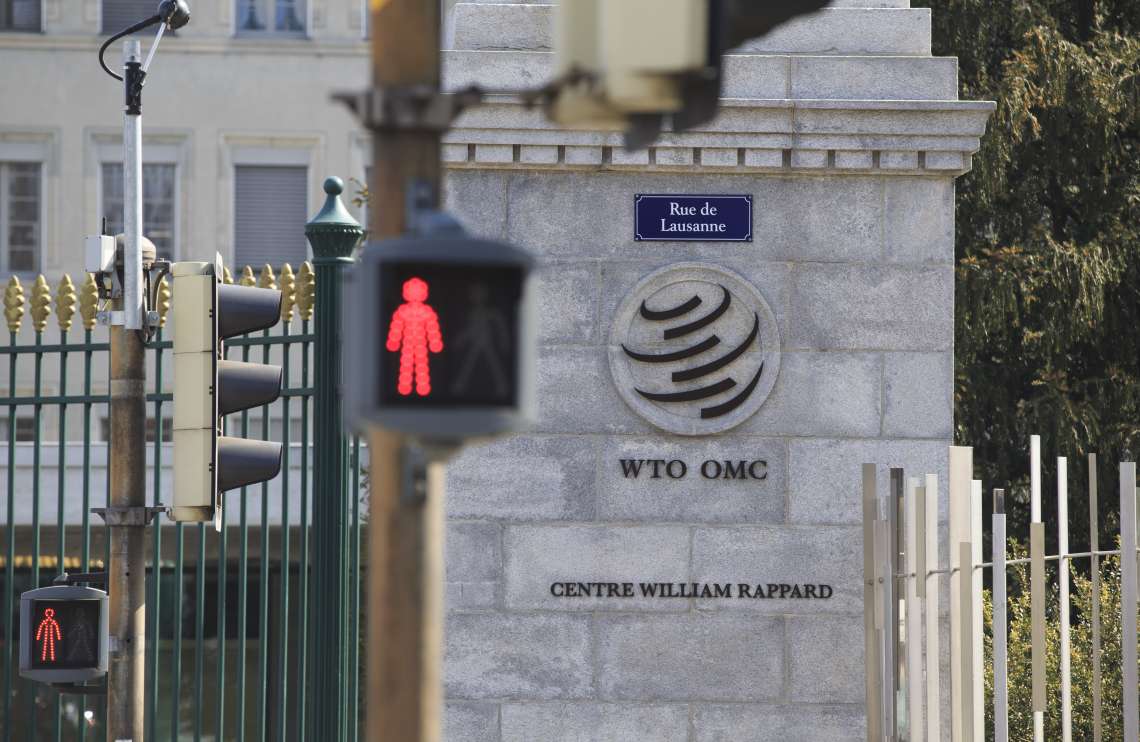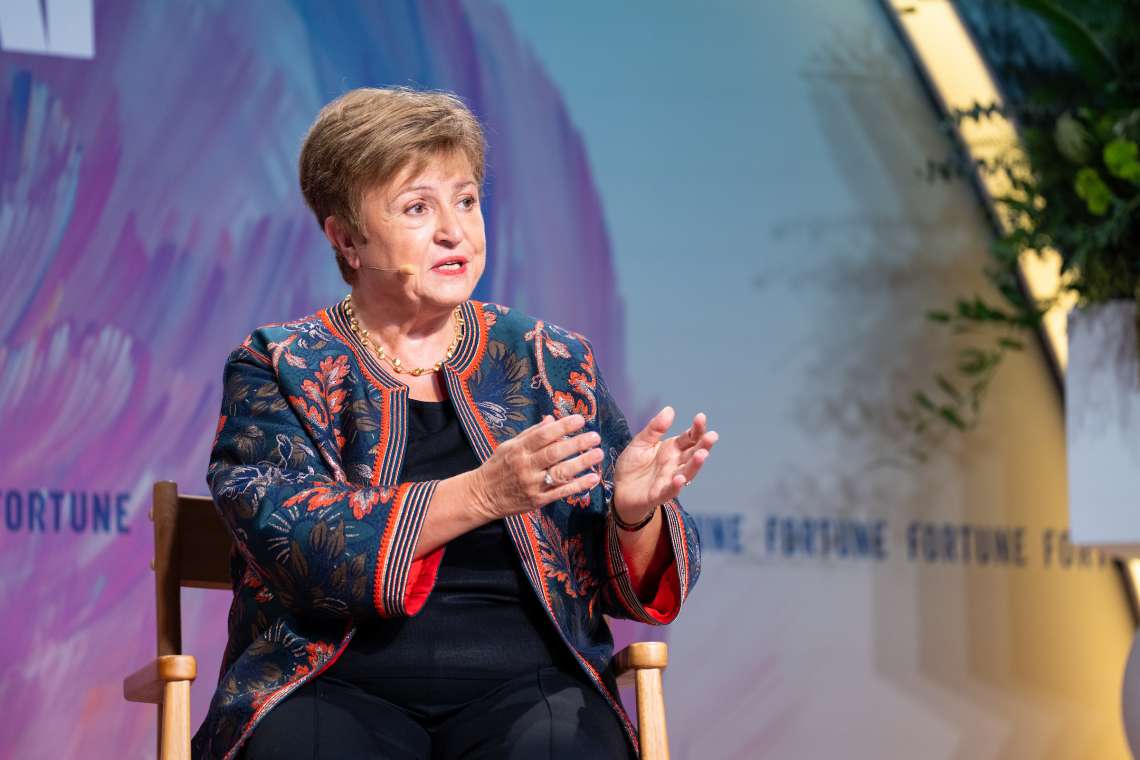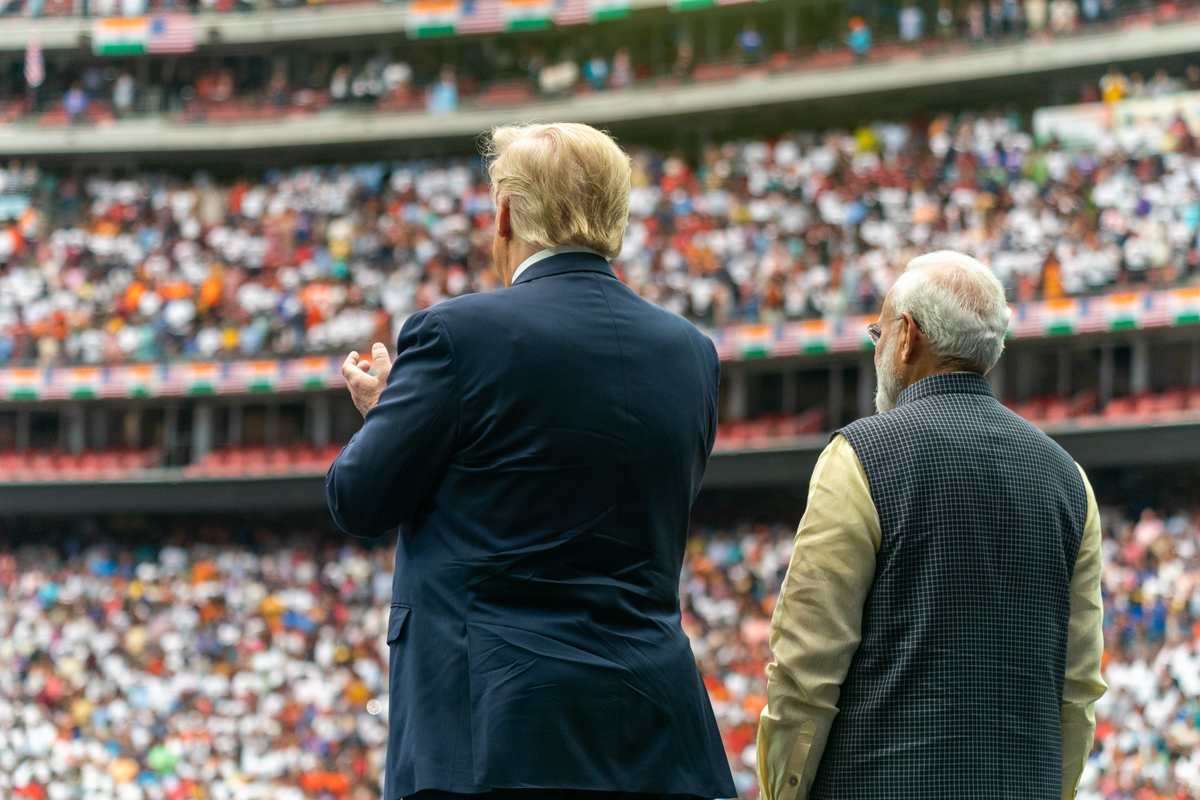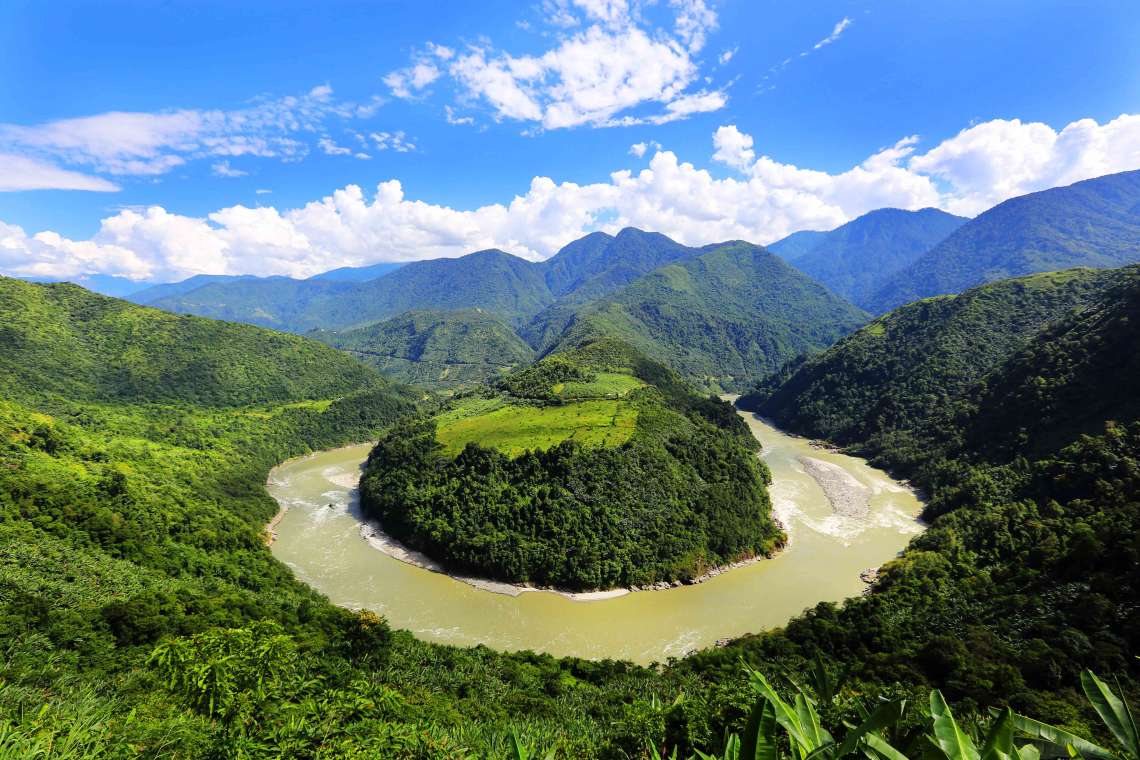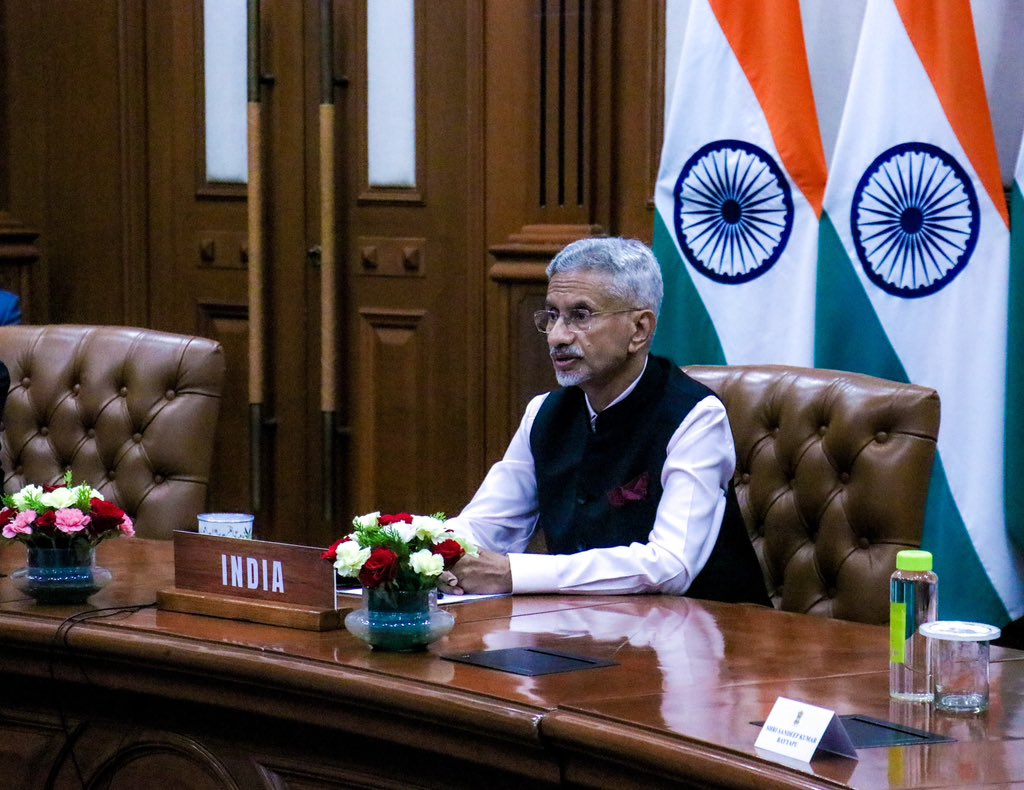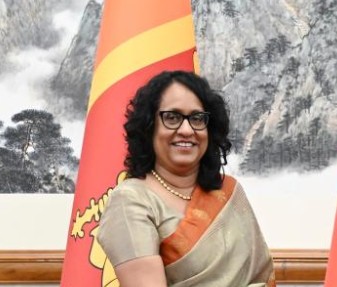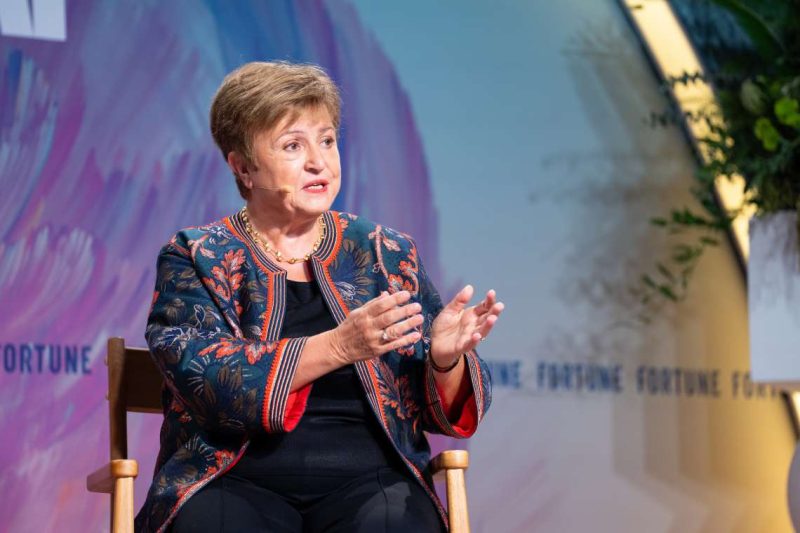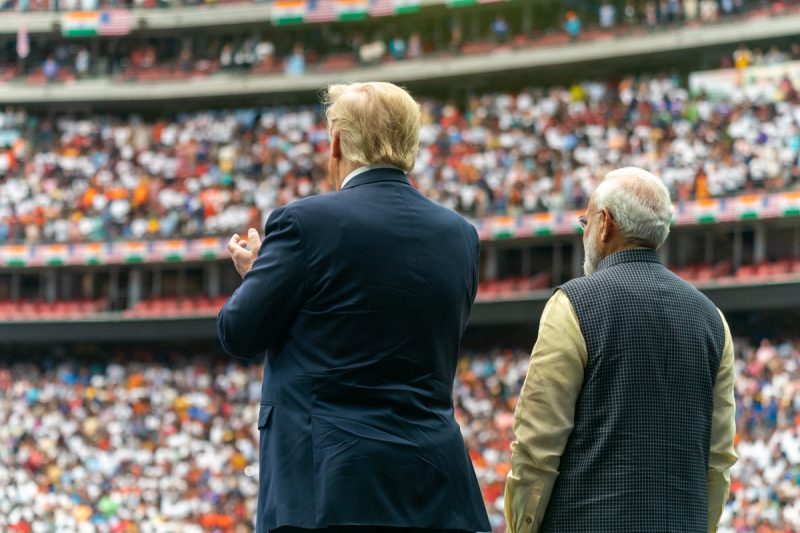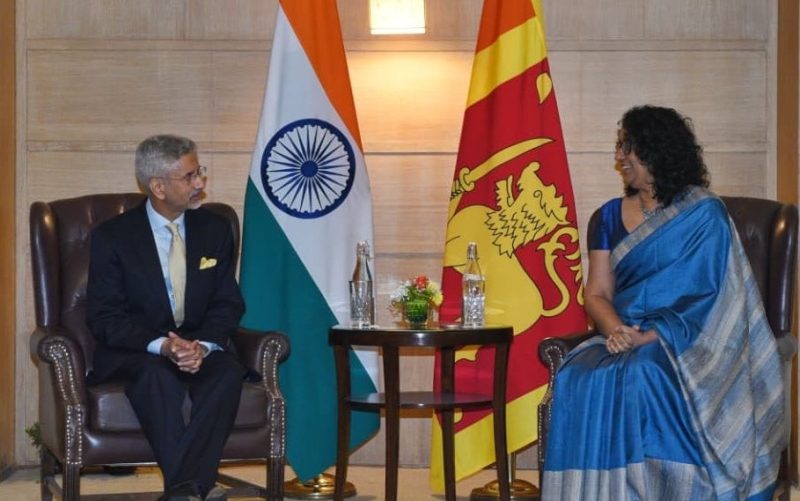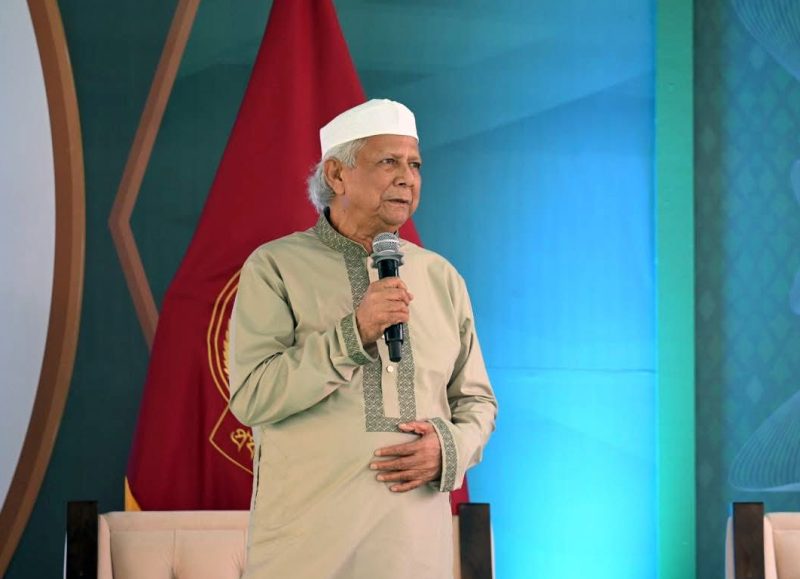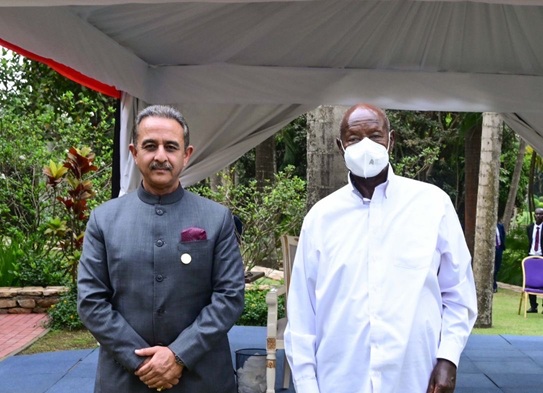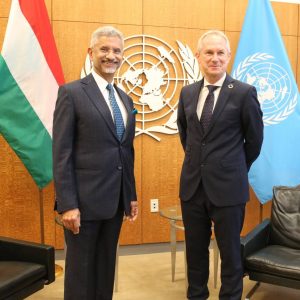China lodges WTO complaint over India’s electric vehicle subsidies, calls incentives “unfair competitive advantage” as New Delhi expands PM eDRIVE scheme…reports Asian Lite News
China on Wednesday filed a formal complaint with the World Trade Organization (WTO) challenging India’s electric vehicle (EV) and battery subsidy programmes, alleging that the measures provide an “unfair competitive advantage” to domestic manufacturers and violate global trade norms.
In a statement, China’s Ministry of Commerce said it will take “firm measures” to “effectively safeguard the legitimate rights and interests” of its domestic industries. The ministry accused India of distorting the market through what it described as “excessive” state support for local automakers and battery producers.
According to reports cited by Chinese officials, India currently offers the highest level of subsidies for electric cars among major economies. For the electric version of the Tata Nexon, the country’s best-selling EV, total subsidies — both direct and indirect — amount to roughly 46 per cent of its price.
These benefits include lower Goods and Services Tax (GST) rates, exemption or reduction in road tax compared to petrol and diesel models, and indirect incentives provided through the government’s production-linked incentive (PLI) scheme for advanced automotive technologies.
The report further noted that top-selling EV models in other major markets receive far smaller subsidies: around 10 per cent in China, 16 per cent in South Korea, 20 per cent in Germany, and 26 per cent in both the United States and Japan.
Despite the extensive government support, India’s EV adoption remains low. Electric vehicles currently make up just two per cent of the overall vehicle market, the lowest share among the major economies referenced in the Chinese complaint.
Industry analysts say the low adoption rate stems from a combination of high upfront costs, inadequate charging infrastructure, and consumer hesitation about battery reliability. However, New Delhi has defended its aggressive subsidy framework as essential to building a domestic EV manufacturing base and reducing dependence on imported fossil fuels.
Earlier this year, India unveiled the ₹2,000-crore PM Electric Drive Revolution in Innovative Vehicle Enhancement (PM eDRIVE) scheme — the successor to the Faster Adoption and Manufacturing of (Hybrid &) Electric Vehicles (FAME) programme. The initiative aims to accelerate the construction of EV charging infrastructure and expand access to public fast-charging stations nationwide.
Under the PM eDRIVE scheme, the central government will cover at least 80 per cent of the cost of building upstream infrastructure for public fast-charging stations. In certain special cases, the subsidy may go up to 100 per cent, according to the revised policy framework.
As per the Ministry of Heavy Industries (MHI), 30 per cent of the subsidy is released once a tender is awarded, followed by 40 per cent after the installation of the charging station, and the remaining balance after the station successfully begins commercial operations.
In August, the Ministry extended the PM eDRIVE subsidy scheme for two years, ensuring that key segments such as e-trucks, e-ambulances, e-buses, and charging infrastructure will continue to receive government support until March 31, 2028.
A government notification issued on August 7, 2025, confirmed that subsidies for electric two-wheelers, e-rickshaws, electric three-wheelers, and electric carts would, however, be discontinued after March 2026. The policy shift, officials said, reflects the government’s intent to focus future incentives on high-capacity and commercial EV segments rather than personal mobility.
The WTO filing by China marks the latest in a series of trade frictions between Beijing and New Delhi since 2020, when the two nations imposed reciprocal restrictions on technology imports and investment following military tensions along the border. While both countries are members of the WTO, disputes over trade-related subsidies in the green technology sector have grown sharper as governments worldwide compete to dominate the electric mobility supply chain.
China’s complaint is expected to trigger a review process under WTO’s dispute settlement mechanism, which could take months before reaching a formal ruling. The process typically begins with consultations between the two countries; if those fail, a dispute panel may be established to examine the complaint.
Trade observers note that the timing of Beijing’s complaint coincides with India’s push to become a global EV manufacturing hub. Under the PLI scheme, India has committed billions of rupees in incentives to companies producing advanced batteries, electric drivetrains, and other components domestically. The policy aims to attract foreign automakers and battery producers to set up local plants, reducing reliance on Chinese imports.
While the Indian government has not issued an immediate response to China’s WTO filing, officials from the Ministry of Commerce and Industry are expected to consult legal experts on the matter. A senior government official, speaking to domestic media earlier this month, said India’s EV subsidies were “fully compliant with international trade obligations” and aimed at “accelerating the green transition for public good.”
Experts say China’s move may be an attempt to pressure India ahead of upcoming bilateral trade talks, given New Delhi’s efforts to diversify EV supply chains and attract Western and Japanese investors in the battery manufacturing sector.
Analysts also note that a WTO dispute over EV subsidies could have broader implications for global clean energy trade, as nations increasingly deploy industrial policies to support domestic green manufacturing.
The WTO complaint adds a new layer of tension to the evolving competition between Asia’s two largest economies, each seeking to shape the future of the global electric vehicle market.


